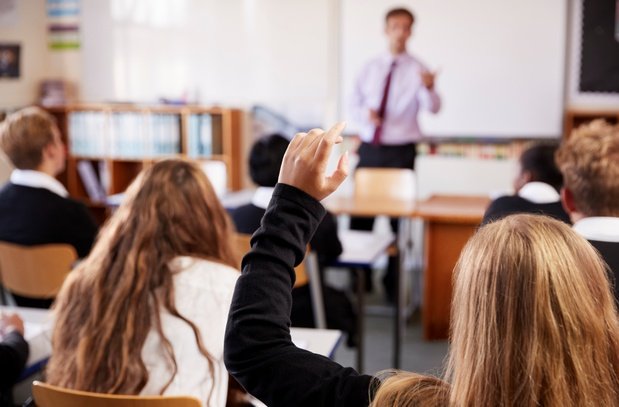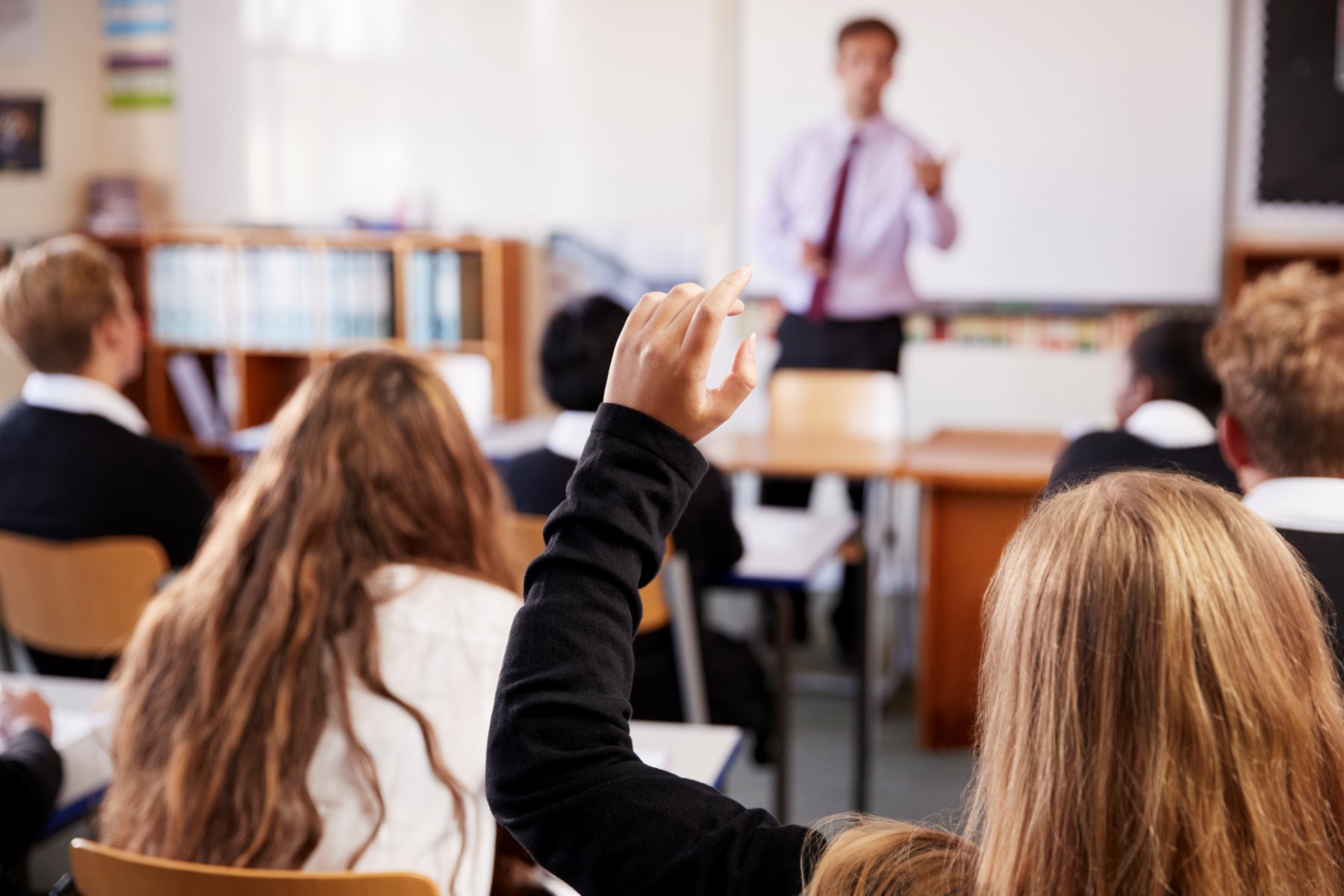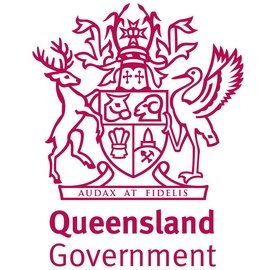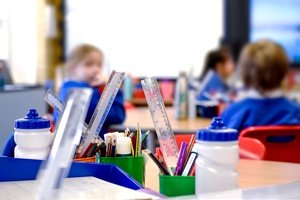It tells us that every child can learn, that when we sequence knowledge in a particular and deliberate way, make sure we get the size of the bites right, and teach explicitly, with the right number of repetitions, every child and young person can learn.
This is such an empowering narrative compared to fears that if there is complexity in the child or young person’s environment, or they have learning difficulties, they will just never get there.
In fact, the science of learning is a principal and their leadership team’s best friend. It gives the ability for leaders to say, “If we change our practice, we can get the learning really happening successfully in this school”.
They can say, with confidence, “Trust me, in every school that has been really serious about learning about the science of learning and cognitive load theory and teaching according to its tenets, with the right scaffolds and resources, outcomes have improved".
It's great news then that knowledge of science of learning and evidence-based practice is building among Australia’s 500,000 teachers.
It has been great to see so many inspired – often on their own steam – to put more effective teaching strategies to work in the nation’s classrooms.
Teachers now have many places they can learn more about evidence-aligned practice.
Over 12,000 have completed short courses at the Science of Language and Reading Lab of La Trobe University for example, the Australian Education Research Organisation has many excellent resources aimed at classroom teachers, and Think Forward Educators now has 20,000 members and offers a range of excellent evidence-focused webinars and content.
These are very welcome developments. But changing individual teachers’ practice, while important, is not the most powerful lever to improve the nation’s schools and student learning outcomes.
Every school principal needs to now embrace the science and drive this change in knowledge and then practice in their school.
This is the best way for us to improve Australia’s educational performance; whole schools pursuing systematic improvement of their teaching and learning programs and the quality of instruction in every classroom.
Every school can learn from the experience of those that have embarked on whole school improvement. There is no need to reinvent the wheel. Improvement of curriculum, pedagogy and assessment are all required.
Schools are the right focus for effective change. Although it is individual teachers in classrooms whose practice change matters for student learning to improve, achieving this to happen at scale is best led at the school level.
Effective change requires a long-term commitment by school leadership teams to drive and support practice change. It requires new modes of collaboration across the school, new approaches to curriculum improvement and instructional coaching to be introduced and accepted.

When it comes to school improvement, it helps to do the steps in the right order and to pace the change journey.
Knowledge Society has spent considerable time examining high performing primary and secondary schools across Australia, and as well several high schools in England.
We have examined the precise steps they have taken to get the dramatic improvements they have experienced in their results.
We’ve consistently seen a sequence for school improvement for primary and high schools.
Student learning outcomes improve more quickly when the way is cleared for the introduction of more systematic, evidence-based approaches to reading instruction in particular.
Many primary schools will have a number of non-evidence-aligned practices they will now need to de-implement – often in reading and assessment.
The evidence tells us that day-to-day teaching needs to become more teacher-led and explicit, and classroom norms and routines need to be consistently delivered in all classrooms if schools are to become more calm and orderly learning environments.
High performing secondary schools make sure they give their incoming cohort of Year 7's struggling with their literacy and numeracy the support and intervention they need to dramatically improve their skills, enabling them to better access the high school curriculum.
It is hard to build improved learning outcomes when up to 40 per cent of students don’t have age-appropriate reading, spelling, writing and maths skills to begin with.
Primary and secondary schools, who outperform their like schools and sit above the national average, there is also an immense amount of work to do to get what is taught right.
The best performing schools fill the gaps present in the Australian curriculum. Relying on the curriculum in its current unspecific form, provides insufficient guidance to teachers to plan knowledge-rich lessons.
As Ben Jensen, CEO of Learning First has noted in the report Fixing the hole in the Australian curriculum - the Australian Curriculum benchmarked against the best, when it comes to the key subject area of science, our curriculum specifies and supports the instruction of up to 60 per cent less content compared with the best performing education systems around the world.
Schools leaders who help their teachers improve learning outcomes across their schools take responsibility for having a whole-of-school curriculum that builds knowledge sequentially through the years.
Every school needs a complete scope and sequence for all subjects so that teachers know exactly what they need to teach when and how what they are teaching fits into the whole, and what they can rely on their students having learnt the year before.
Without this students in the same year group can be covering different material, in different ways, with different results. This makes the teacher’s job the following year, much harder.
It is issues like these that can only be solved at the school level.
This curriculum work is a hallmark of high performing schools. It stands to reason, because students who have spent their primary and high school years gaining mastery of bodies of knowledge are well prepared for the academic challenges of high school and will draw on this knowledge for the rest of their life.
It helps to do the steps in the right order and to pace the journey. Schools report having tried to do everything at once only to discover they achieved little and had to slow down.
Schools only have a certain bandwidth for change and have to be careful not to overload themselves.
Having worked on and with the big system change projects that have emerged so far in Australia: Catalyst in Canberra Goulburn, the Centre for Excellence in Literacy Instruction for the WA government, Flourishing Learners West, in Melbourne Archdiocese Catholic Schools, and now Magnify in the Diocese of Sandhurst, Knowledge Society has seen first-hand how quickly and profoundly schools and teachers can improve their teaching practice when provided with the right scaffolds and supports.
Every student can learn. Every teacher can refine their practice. Every school can improve. This is why we are hosting the Australian School Improvement Summit in Melbourne on October 17.
It's so Australian schools can learn from the early adopter systems and schools who have gone before them and don’t have to reinvent the wheel. We hope you can join us.
The Australian School Improvement Summit will be held in Melbourne on October 17, 2024. Ben Carroll, Deputy Premier of Victoria and Minister for Education will deliver an address at the Summit dinner. View the full program here.















